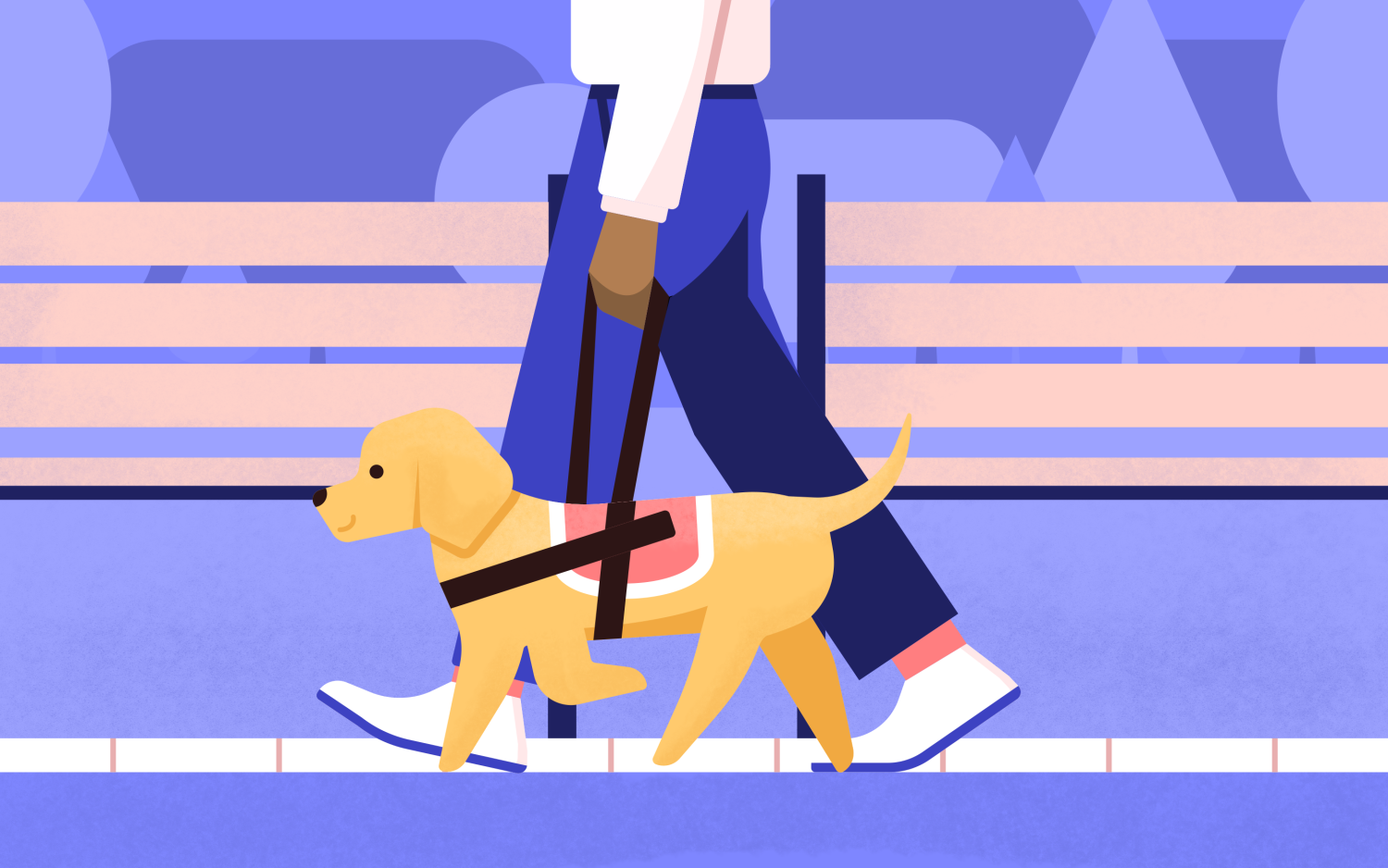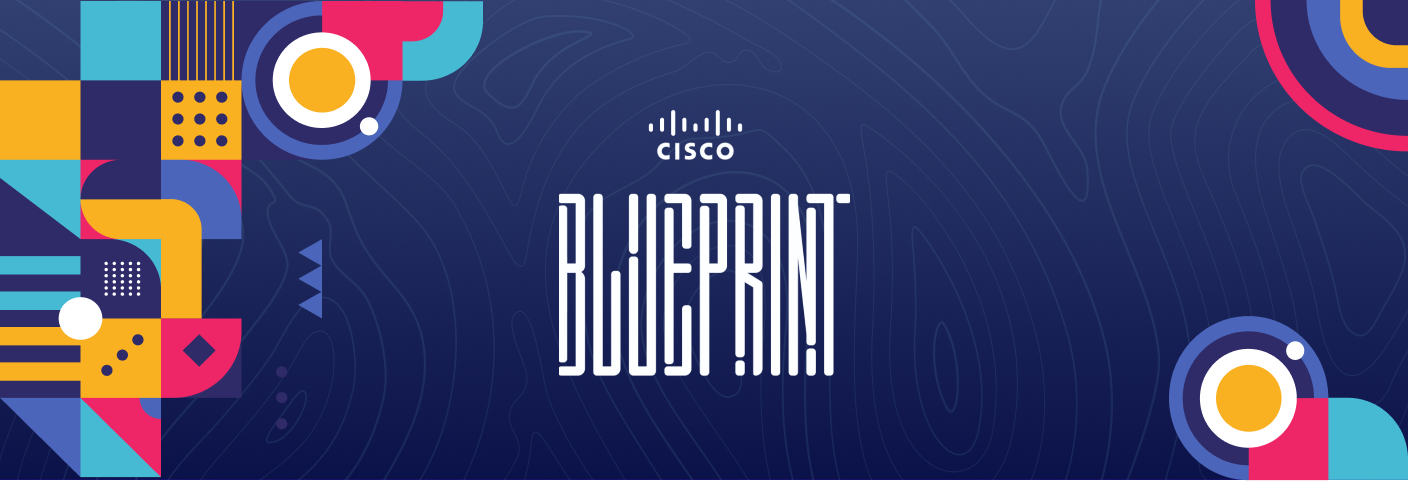Imagine you got leadership approval to conduct accessibility research to improve your product. What’s next? Here are five things to remember when building a tactical plan for accessibility-focused user research.
The year was 2020. I had just finished defending my master’s thesis on inclusive design in technology and started working at Duo Security. During a virtual coffee chat, the head of our department asked about my interest in inclusive design and shared her vision of a future in which security products are accessible, usable and inclusive by default.
More ideas, discussions, and coffees followed... How might we build an accessibility-focused user research program at Duo? In search of inspiration and clear guidelines from organizations that already have similar initiatives, I pored over the subject of accessibility and inclusive research on the internet. Did you know that “a11y” stands for “accessibility”? The 11 represents the letters between a and y, and the word is pronounced like “ally” when spoken.
The articles, talks, and podcasts I found emphasized the need for getting buy-in from stakeholders and the process for getting it. But what happens after that step is not a well-documented topic.
So I’m here to help with that.
Here are the top five things to remember when building a tactical plan for accessibility-focused user research in your organization.
1. Establish clear goals
Any good plan starts with answering the big “so what?” You can create space for task prioritization by establishing the goals upfront. When we started brainstorming the idea of creating an accessibility research program at Duo, we spent a considerable amount of time thinking about the scope and process for optimizing this program for repeatability in the future. The accessibility research program at Duo helps our teams connect with people with disabilities and understand how our products impact their lives. We began as a team of two, a design researcher and research operations lead. To learn about accessibility-focused user research in other organizations, we spent a quarter conducting secondary research. Through resources shared by industry experts and internal stakeholder discussions, we designed a program focused on training and providing a safe space to apply the knowledge.
To arrive at this goal, the program kicked off with a pilot cohort of three people around a year ago. The cohorts conduct in-depth interviews to understand how people use assistive technologies in their daily lives in the first half of the quarter. The insights from these interviews support the product research they conduct in the second half of the quarter. Duo Mobile and Universal Prompt are two such products that have gone through multiple rounds of usability testing with participants from Fable. We’ve continued to grow the program by recruiting cohorts of 3-6 people every quarter.
2. Don’t reinvent the wheel
Once you have buy-in from stakeholders, lean on successful leaders and strategists to share what’s involved in bringing the team along on the journey and how knowledge is shared with people. Conducting informational interviews to learn about tactical implementation and scalability is a good first step.
At Duo, We didn’t have to worry about creating buy-in as our leadership team was invested and excited about the idea of launching an accessibility-focused user research program. To gather foundational knowledge about building this program, we connected with accessibility and inclusive design professionals. The interviews resulted in high-level themes that we used to start planning the next steps of this program. We received a key piece of advice from the experts we interviewed to "advocate, educate, grow a pool of a11y champions.” This succinct piece of advice comprises three main elements of an accessibility program:
Know how to advocate for the program and how it benefits everyone
Create opportunities to build new skills; education is valued by all
Grow a pool of champions/influencers who will share this work with a more extensive network
An a11y champion at Duo is someone who completes the accessibility research program and applies this knowledge critically in future projects.
3. Find a vendor that fits your needs
A crucial part of setting up a new program involves finding and onboarding a new vendor. The right vendor is a partner who solves roadblocks that your internal team isn’t currently tackling. Does your organization work closely with disability communities? Do you have a lab setup that will allow people to conduct research in person? Would you need support with contracts and compensation for participants?
We are a mature design organization with designers and researchers passionate about democratizing security . We already had buy-in, and our mission was clear about including everyone. We needed a partner who had the capabilities to let us start having one-on-one interactions with people using assistive technologies such as screen readers and switch systems. Our Duo Design team found the perfect vendor in Fable, an online platform where teams can engage people with disabilities in research and user testing. Fable is responsible for recruiting, scheduling, and compensating the participants. With those functions managed, our a11y research program focuses on conducting the research sessions within the timelines we need and creating internal processes to implement the feedback we receive.
4. Work closely with the Ops team
To get the right vendor on board, working with someone familiar with business operations is important. This person or team has the expertise to navigate vendor contracts, approvals required by your organization, and the capacity to document the process to make it repeatable in the future.
My partner in the process was responsible for successfully onboarding Fable. As a research operations lead, she clearly understood the vendor purchase process and had a good rapport with the Business Operations team to work through approvals. She kept our internal research team in the loop throughout the process. If you don’t have an operations lead in your organization, finding out about vendor processes ahead of time can help plan the timeline of the research program.
5. Create frameworks and guidelines
Lastly, create a program framework and document your process. Building a program from scratch allows us to make knowledge easy to access and consume. Creating material such as onboarding decks, discussion guides, templates for sharing results, and so forth, helps create a common language for the community you’re starting to build. Whether you call them “accessibility champions” or simply “a11ies,” building a sense of community by making knowledge accessible is an important step in the process.
For instance at Duo, the culture of giving and receiving feedback is highly valued. The a11y research program thrives on the ideas that people bring to the table. Based on feedback from the first cohort, we worked on a learning-first objective, which means that our primary focus as a program is to create a safe space for practicing accessibility-focused research. It’s possible to leverage the study's outcomes to improve products, but that’s not why our cohorts are successful. They build the muscle to conduct accessibility research and form a clear understanding of assistive technology use first.
We started as a team of two last year. Today, we are a group of ten a11y champions who have completed the training and are ready to coach the next cohort in the coming quarter.
Encourage your team to start testing the accessibility of designs at the prototype stage. The best way to demonstrate the value of this type of program is to invite people to observe research sessions. Observing someone navigate a product that’s supposedly “easy to use” can be very impactful – it can show the team how well the product was made or how much they don’t know about their audience. Either way, it creates a powerful dialog among decision-makers.




